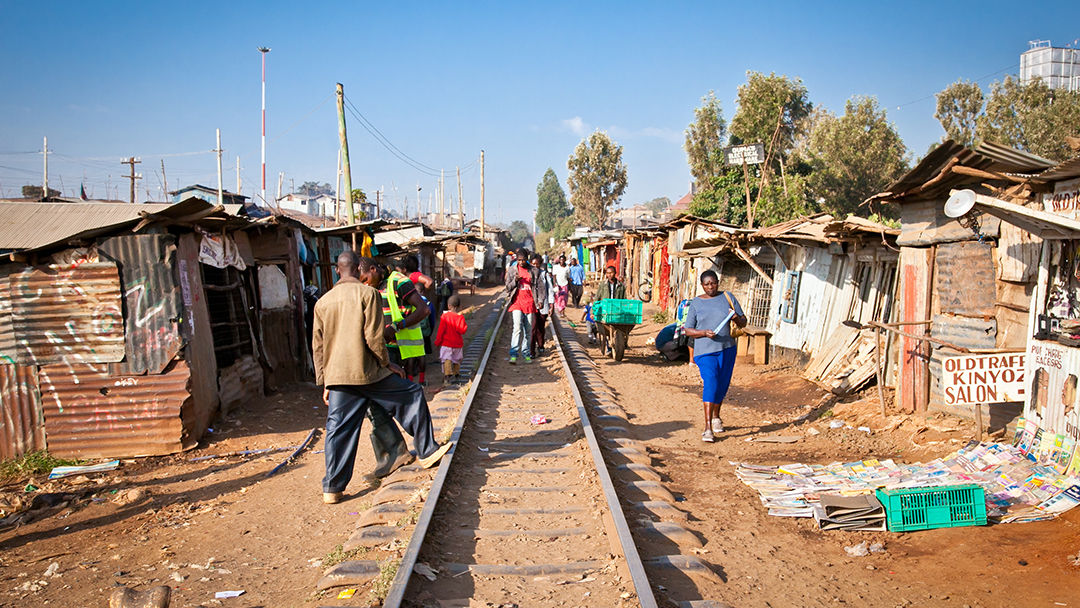
11 Jun Poor benefit relatively more from recent changes in health care, compared to wealthier Kenyan populations
When it comes to improved health care outcomes, the poor experience bigger improvements compared to wealthier populations, according to a recent economics study.
Published in the Journal of Development Studies and co-authored by former AIGHD researcher Katalin Buzasi as part of the Compare2Care project, the research shows that recent improvements in health insurance coverage, maternity care including modern contraceptive use, antenatal care visits, facility delivery and skilled birth attendants, and under-five mortality in Kenya, grew relatively faster among the poor compared to wealthier households.
Investigating health markets, including health indicators and financial impacts of different types of coverage around the world, is one of AIGHD’s key research priorities.
“Not only are the poor doing better than they were 10 years ago in terms of health indicators, but their improvements were relatively larger when compared to wealthier Kenyans. This provides indication that expansion of health care services, in this case, doesn’t just benefit the upper and middle classes – it also benefits poorer populations,” said prof. Chris Elbers, lead on the Compare2Care project and AIGHD academic staff.
The concept of inclusive growth is often used in relation to income growth, for instance to assess if the incomes of the poorest also increase when the economy as a whole grows. However, the concept also applies to other aspects of development. Many international and non-governmental organisations, as well as the Kenyan government and other national governments, strive to increase health or education inclusiveness in countries where they operate.
“By providing health care for mother and child to the whole population, the short- and long-term health outcomes can be improved regardless of an individual’s economic status. For example, kids who are healthy can go to school longer and increase their learning capacity, which has a demonstrable impact on their lifetime earnings.”
Investigating how health care programs work in practice enables researchers to better understand the impact of the varying programs and ultimately, make appropriate recommendations for policy.
Access the full paper Are Recent Improvements in Healthcare Utilisation and Under-Five Mortality Inclusive in Kenya? Evidence Based on Selected Indicators from the Demographic and Health Surveys here.
